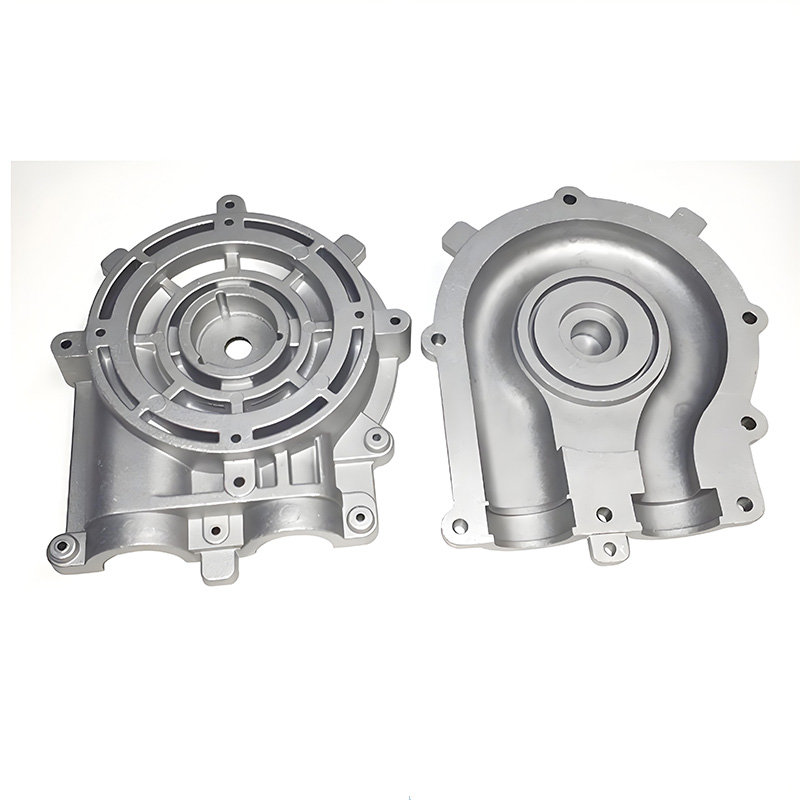
Ever wonder why some aluminum die casting moulds produce flawless parts while others constantly battle defects? The difference often comes down to three critical factors most manufacturers overlook. Let’s dive into practical solutions that can transform your production quality overnight.
Porosity, warping, and cold shuts plague over 30% of aluminum die casting operations according to GD Weiting’s 2024 industry report. These defects aren’t just cosmetic – they compromise structural integrity and lead to costly rework. Interestingly, 70% of these issues originate from mold-related problems rather than the casting process itself.
Uneven cooling creates internal stresses and gas pockets. When we analyzed a failed automotive bracket mould last month, temperature variations exceeded 80°C across critical sections.
3D-printed molds with curved channels following the contour reduce cooling time by 40%. Our team implemented this in a 2025 Tesla component project, cutting porosity defects from 15% to just 2%.
Trapped air causes 45% of surface defects. Counterintuitively, adding more vents isn’t always better. Our research shows oversized vents increase turbulence and oxidation.
| Venting Approach | Defect Rate | Maintenance Cost |
|---|---|---|
| Traditional vents | 12% | $380/month |
| Stepped micro-vents (0.03-0.05mm) | 3% | $120/month |
For instance, a drone housing mould using laser-cut stepped vents reduced air traps by 75% while extending mold life.
Choosing the right coating dramatically affects release performance. Surprisingly, the most expensive options aren’t necessarily best for aluminum die casting moulds.
When our team switched from standard chromium plating to hybrid Ni-PTFE coating on an engine block mould, ejection force dropped by 30%. This added bonus? We saw 60% fewer scratches on finished parts.
Many engineers focus solely on the aluminum die casting mould design while neglecting these critical aspects:
Actually, a 0.5° draft angle difference can determine whether parts stick or release cleanly.
A: For high-volume production (50k+ cycles), perform preventive maintenance every 15,000 cycles. Medium-volume molds need inspection every 3 months.
A: Not recommended. Alloys like A380 and A413 have different shrinkage rates (0.55% vs 0.65%). Switching alloys requires gate size adjustments.
A: Aim for 44-48 HRC. Higher hardness reduces erosion but increases brittleness risk in thin sections.
Implementing these three strategies can transform your aluminum die casting mould performance. Remember, the most advanced aluminum die casting mould still requires intelligent process control. Start with thermal mapping today – your quality team will thank you tomorrow.